The error as a form of art
The vision of Glitch Artists Collective on art, digital and society.
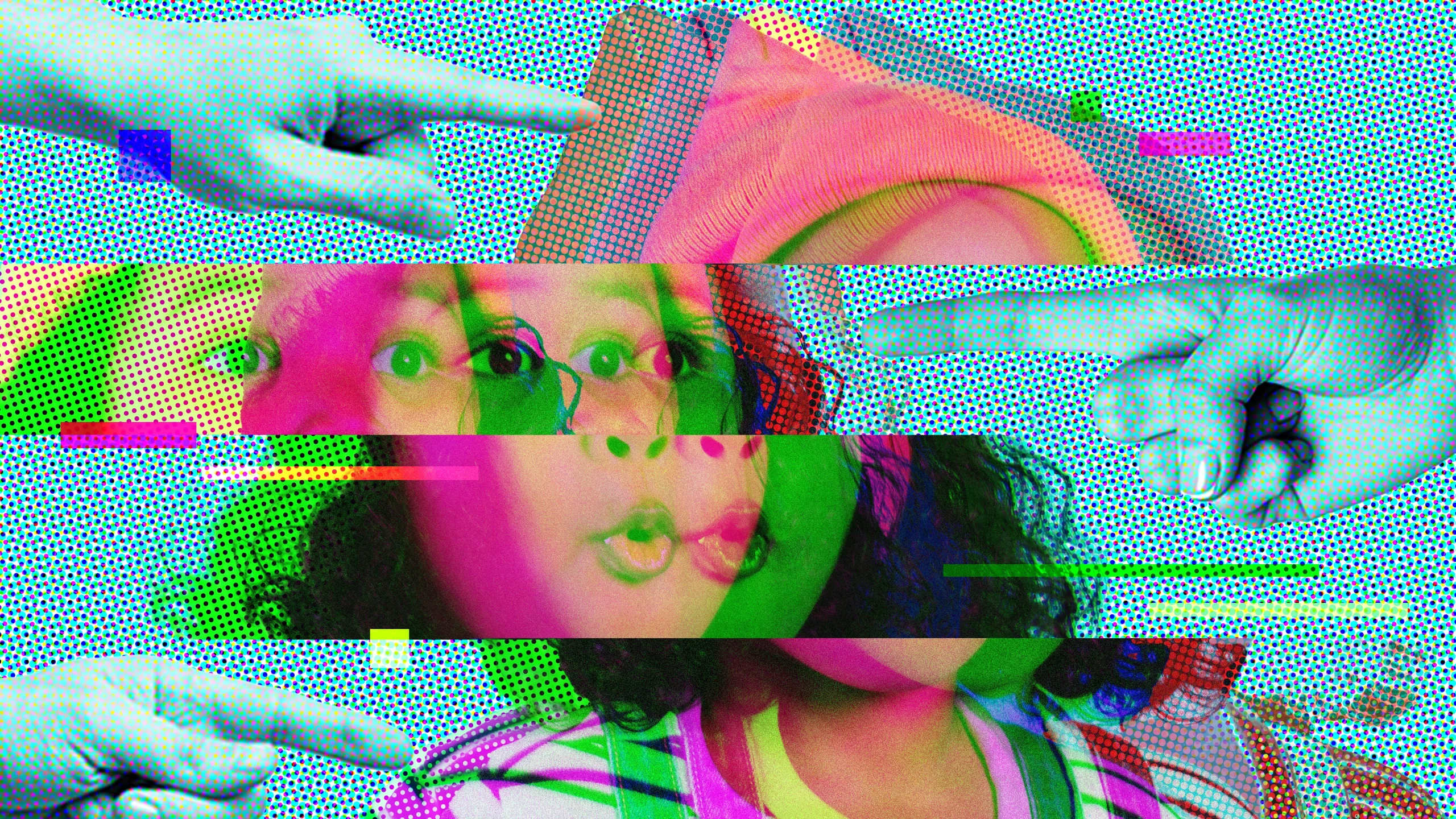
In the digital world, even the most perfect systems produce their own cracks. The Glitch Artist Collective (GAC) was created to inhabit them: a global movement that transforms technical errors into aesthetic language and political gestures. Through file corruption, code manipulation and device malfunction, glitch artists show the other side of technology.
Every system produces its own cracks. Within the uninterrupted and invisible flow of the digital—made of hardware, software, data, algorithms and interfaces—the glitch, meaning a temporary error or malfunction, can be interpreted as the friction that cracks the surface of control, as an act of insubordination that reveals, behind the apparent perfection of digital interfaces and algorithms, the fragility and instability of that very world.
Through file corruption, code manipulation or direct intervention on devices, glitch artists enact what scholar Mark Fisher theorised in Ghosts of My Life: not only do they lay bare the vulnerability of machines, but they also manage to return a symbolic and political dimension to the digital image they work with, opening new possibilities within a system that is only apparently closed. Error becomes a form of resistance: a way to force the real to reveal its breaking points and to look at what usually remains hidden1.
Glitch Artist Collective (GAC)
Glitch Artists Collective (GAC) is an international collective founded to create, promote and disseminate glitch culture. It connects established and emerging artists from all over the world, promoting their work and providing a source of knowledge for anyone interested in this unique aesthetic or wishing to learn its techniques. The collective encourages the sharing of works and creative processes, with the goal of growing the movement and strengthening an active global community, where digital error becomes language, experimentation and a cultural gesture. On this occasion, @suture.blue (Bee Nix) represented the collective, giving this interview on behalf of GAC.
Discover moreGo to their Instagram page
But how can error become a political gesture and a form of resistance? How does glitch art invite us to rethink our relationship with with images, with machines and with their fragility? And what does this imperfect mirror that is technology reveal about us?
«To me, error means the occurrence of an action that wasn’t expected», says @suture.blue, also known as Bee Nix, part of the Glitch Artists Collective, who experiments daily with flaw and deviation to speak of bodies, identity, environment and memory.
How did your attraction to image distortion begin?
Image distortion, and more broadly “unstable media”2, likely began to be attractive to me through video game malfunctions and modding3 as well as image tracing processes. Copying images by hand, often tracing directly off a computer screen, readily enabled distortion as something to lean into or away from. Playing a lot of video games and modding The Sims, inevitably shaped my perception of the digital world, learning to produce both aesthetic and mechanical distortions. This kind of personal entry point into glitch isn’t unique. Most artists that I’ve met and talked to in the community can describe, each in their own way, what led them to being attracted to distorted images and unstable media, which is beautiful. I love those stories.
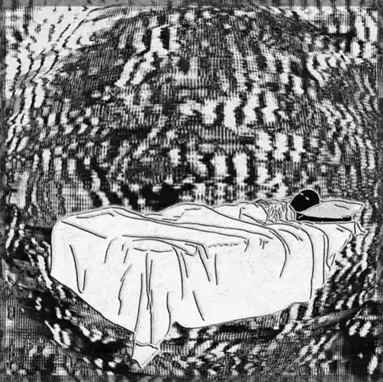
https://www.youtube.com/watch?v=FoHOsXqK3AM
Why did you decide to create the Glitch Artists Collective?
Mathieu St-Pierre (@mathieuglitch) created the group, Glitch Artists Collective, on Facebook on August 13th, 2012. As stated in a recently released interview he gave with GAC, he got into Glitch Art through Flickr. At the time, there was only one other group that revolved around glitches on Facebook, but it had the tendency of getting flooded with glitches found in the wild rather than intentionally created glitches with artistic purpose. So, Mathieu created GAC to highlight artists and the movement as a whole on an international level.
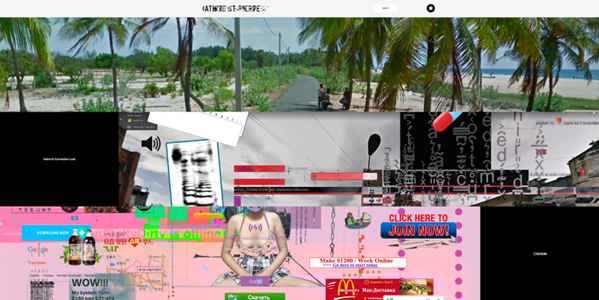
https://www.mathieustpierre.com/
In the works you select, what do you try to highlight: the fragility of technology, or its hidden poetry? And what kind of emotion do you feel when you manipulate a file or a video until it “breaks”?
Technology is inherently fragile and almost always in possession of hidden potential; the revealing of such is innate to Glitch Art. The types of Glitch Art that get highlighted, however, are incredibly influenced by the current technological trends and innovations of the moment. Databending4 via text editing, sonification through audio processing5, selfie images through corrupted applications6, over the years, many methods and styles have been developed with varying levels of popularity, often linked to accessibility and understanding. Each method has its own tools and know-how. Personally, I try to highlight works that feel as though the artist has a direct relationship with the technology and methods they use.
As curators of GAC, we seek to promote artists from a wide spectrum of skills, tools and dedication.
We prioritize community, which to us means sharing our platforms and extending support to those who don’t already have large audiences of their own.
Manipulating a file or a video until it “breaks” is both an anxious and an exciting activity. Even if through practice and research you’re able to achieve more consistent results, glitch processes actively provoke the potential for a complete crash, so it’s a gambit of emotion. But fascination always remains at the core.
Digital error can be seen as a form of resistance to standardisation. Do you also see digital error as having a political dimension? In what way do your works speak of resistance or social critique?
Digital errors have a built-in political dimension based on the plethora of decisions that were made to construct whatever digital system is being used. These systems are designed with assumptions about “correct” use, aesthetic standards, and intended outcomes, often reflecting corporate or institutional priorities rather than individual agency. When systems automatically correct errors, apply compression, or enforce file format standards without user consent, they assert control over how we create and communicate.
Glitching disrupts this imposed order by exploiting the gaps between intended and actual function, revealing the constructed nature of digital “normalcy”. The act of deliberately breaking these systems, or refusing to “fix” what they deem broken, becomes a form of refusal.
It questions who gets to decide what constitutes a valid image, a proper file, or an acceptable output.
In this way, Glitch Art often exposes the invisible labour of algorithms constantly working to smooth out inconsistencies and maintain an appearance of seamless operation. By foregrounding failure and instability, it makes visible what systems try to hide: their fragility, their biases, and their boundaries.
Personal interpretation then plays a fundamental role: whether or not one sees a work as an act of resistance or social critique depends on the viewer. In general, though Glitch Art aligns with “misbehaving” and creating friction with the rules put in place by others.
There is a passage in Mark Fisher’s Ghosts of My Life that speaks of “cracks” in the real that allow us to imagine alternatives. Do you think Glitch Art opens up these fissures? Do you have a particular work in mind that made this possible?
Glitch Art does not simply open the fissures of what is presented as real and true, it expands them. Mark Fisher’s ideas of “cracks” resonate deeply with glitch practice. The glitch challenges the notion that there is only one way technology should function, or one aesthetic it should produce. Every glitch is evidence that the system could have been built differently, that other outcomes are possible, that the “correct” version is just one option among many.
Before Glitch Art, there were foundational practices that set the stage for it: no particular work comes to mind, but rather waves upon waves of experimentation. Avant-garde filmmakers and video artists explored the physicality of their mediums through manipulation and intervention, while early computer artists embraced system limitations and unpredictability as part of their aesthetic. This momentum built through the 1960s and 70s as artists demonstrated that digital tools could be creative instruments in their own right, expanding what we thought computation could express.
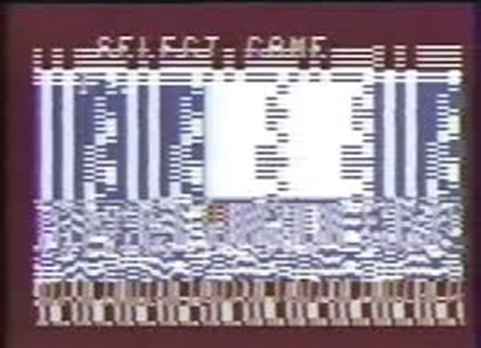
How does glitch art relate to Artificial Intelligence? Does it challenge what Michael Betancourt has defined as “logarithmic control,” or has it become an integral part of it?
Contemporary glitch art neither purely challenges nor is fully absorbed by algorithmic control. Instead, it operates in the tension between the two, using the tools of automation to reveal its constraints and contradictions. Michael Betancourt’s work, particularly his video Making Art is Speculative Labor (2023), demonstrates how glitch practice can critique algorithmic systems while being implicated in them. Betancourt argues that AI systems aren’t genuinely intelligent, but automated tools performing statistical operations on mined data7. The apparent creativity of AI-generated results masks their mechanical, repetitive nature. His concern is that AI transforms creative production into a commodity, automating what was previously human labor under digital capitalism.
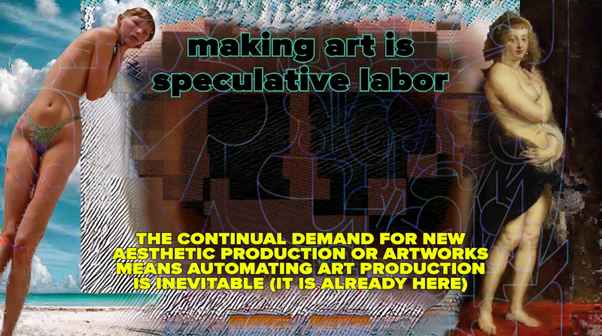
https://vimeo.com/861728554
Making Art is Speculative Labor exemplifies this contradiction. The work is produced entirely using AI systems, including AI-generated images, voices, and glitches, yet it critiques those same systems. The piece uses sensory overload, overwhelming the viewer with overlapping texts and visual chaos. Rather than rejecting AI outright, it shows how glitch practice can operate within these systems to expose their limits and their role in commodifying creative capacity.
What fascinates you the most: the process of glitch as an individual, intimate experience, or its power to create connections and build community?
The process of glitch as an individual, intimate experience is central to the creation of each artist. Feeling personally connected to the technology I use and the structures and systems that allow for certain engagement and creation, is magical and shapes how I interact with the world around me. But I continue to find myself embedded in Glitch Art most strongly through its power to build community. There’s something particular about the human connections born through glitches, amidst so much noise, that brings an incredible sense of meaning, keeping us finding each other.
- Read more: Kemper, J. (2022). Glitch, the post-digital aesthetic of failure and Twenty-First-Century media. European Journal of Cultural Studies, vol. 25, no. 6, 2022, pp. 1610–1628. https://doi.org/10.1177/13675494211060537 ↩︎
- “Unstable media” refers to digital media or formats that, due to their nature or malfunctions, can behave unpredictably, degrade or generate errors. In glitch art, this instability becomes a creative tool and a means of expression. ↩︎
- Modding (from the word modification) means altering an object or software to personalise it or change its original function. ↩︎
- Databending is an artistic technique that involves manipulating the data in a digital file (image, audio, video, text) using tools or programmes not intended for that format. ↩︎
- The term sonification refers to the translation of data or processes into audible sounds, using audio parameters (frequency, amplitude, timbre, etc.) to represent information. It is a form of non-visual data representation, often used in sound art and electronic music. See Hermann, T., Hunt, A., & Neuhoff, J. G. (Eds.). (2011). The Sonification Handbook. Logos Verlag Berlin. ↩︎
- The expression “selfie via corrupted applications” refers to the production of digital self-portraits obtained by deliberately manipulating or damaging software and image data. This practice, linked to the aesthetics of glitch art, explores technological error as a form of expression and criticism of digital processes. See Menkman, R. (2011). The Glitch Moment(um). Institute of Network Cultures. ↩︎
- Michael Betancourt (n. 1971) is a critic, artist and digital media theorist, known for his work on visual music, abstract art and motion graphics. He has written essays on AI and creativity, criticising the idea that AI can replace human art. Betancourt, M. (2021). A note on AI and the ideology of creativity. Academia Letters. https://doi.org/10.20935/al328. ↩︎





